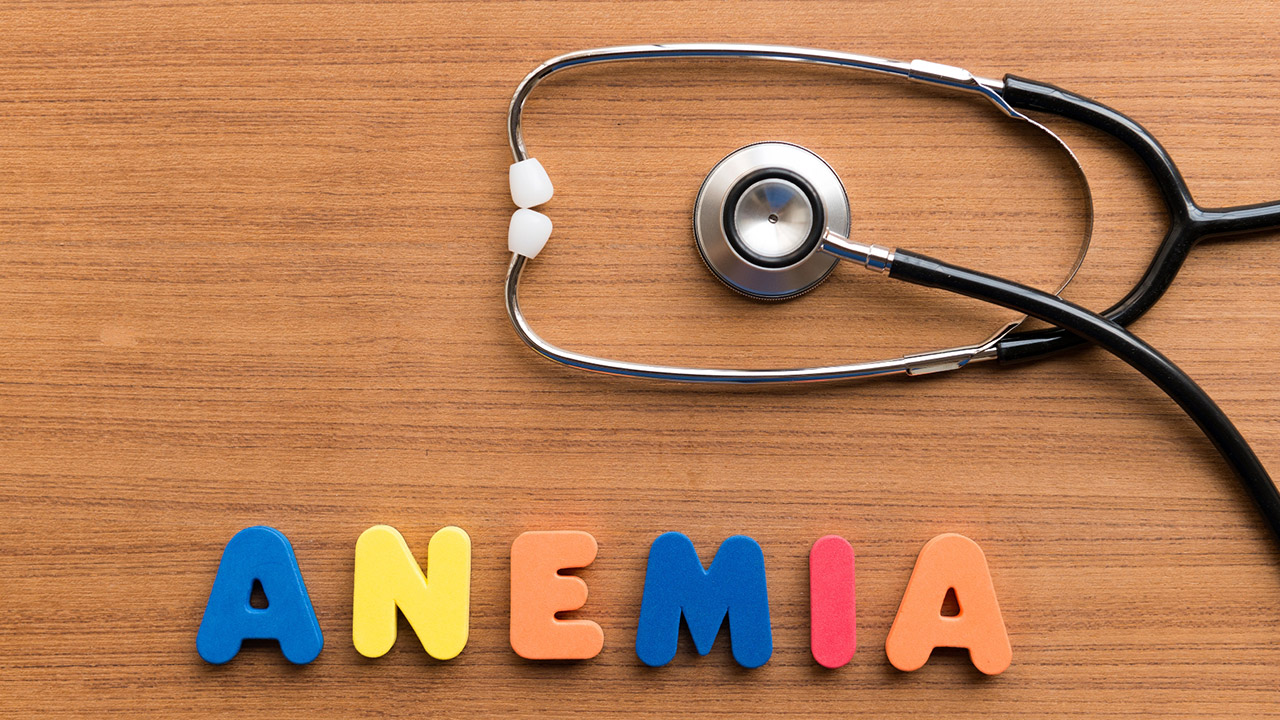Depression is a chronic and debilitating illness that affects more than 21 million American children and adults annually. It is the leading cause of disability in the United States for individuals ages 15 to 44. (1) The availability of receptor-specific and chemically diverse groups of antidepressants has improved the ability to treat depression.
However, an estimated 20 percent of individuals with depression are resistant to treatment. Helen S. Mayberg, M.D., FRCPC, a Professor of Psychiatry and Behavioral Science and Neurology at Emory University, is a pioneer in research leading to a recent development of a new intervention for patients with severe treatment resistant depression. (3)
In earlier research, Mayberg found that the subgenual cingulated region of the brain known as Cg25 or Brodmann Area 25 (4) plays a major role in modulating sadness and negative mood states in both people with and without depression.
This discovery led her to explore the possible impact of electrical stimulation to this region in improving the treatment of depression.
This type of stimulation is called deep brain stimulation or DBS. It has improved the treatment of other neurological disorders such as Parkinson’s disease, epilepsy and dystonia, which is a disorder characterized by involuntary muscle contractions.
Mayberg and her colleagues used diffusion tensor imaging to reveal the neural circuitry of depression at new levels of precision. Diffusion tensor imaging is the more sophisticated form of magnetic resonance imaging used to study the brain.(5)
By mapping the wiring of the brain, she found that Cg25 connections to the brainstem, hypothalamus and insula have been implicated in the disturbances of circadian regulation associated with depression. These include disturbances in sleep patterns, appetite, libido and neuroendocrine changes.
Additionally, reciprocal pathways linking Area 25 to other parts of the brain, including the orbit frontal cortex and the medial prefrontal cortex, have a key role in the processes which influence learning, memory, motivation and reward. These are core behaviors which are altered in people with depression.
A pilot study, presented by Mayberg and her colleagues to Neuron in March 2005, demonstrated that deep brain stimulation to Cg25 was safe and produced striking behavioral changes in patients with treatment resistant depression. (3, 6)
In June 2008, the first two patients, a 59 year old woman and a 42 year old man, were implanted at Alexian Bothers Behavioral Health Hospital in Chicago, Illinois with the St. Jude Medical Libra Deep Brain Stimulation System, which is an investigational device. (7) The pilot study investigating deep brain stimulation found that six months after the procedure, 56 percent of the patients experienced at least a 40 percent decrease in depressive symptoms. (8)
Sources
(1) Mental Health America: Ranking America’s Mental Health: An Analysis of Depression Across the States, Oct. 13, 2011
http://www.nmha.org/go/state-ranking
(2) Psychotherapy and Psychosomatics: Treatment -Resistant Depression,
Vol. 67, No. 2, 1998, Oct. 13, 2011
http://content.karger.com/ProdukteDB/produkte.asp?Aktion=ShowAbstract&ProduktNr=223864&Ausgabe=225152&ArtikelNr=12261
(3) Sound Science @ Emory University: Helen Mayberg, M.D. A New Look at Depression, Oct. 13, 2011
http://whsc.emory.edu/soundscience/2008/mayberg.html
(4) University of Washington: Area 25 of Brodmann (human), Oct. 13, 2011
http://braininfo.rprc.washington.edu/centraldirectory.aspx?ID=2103
(5) MR-Technology: Diffusion Tensor Imaging, Oct. 13, 2011
http://www.mr-tip.com/serv1.php?type=db1&dbs=Diffusion%20Tensor%20Imaging
(6) Neuron: Deep Brain Stimulation for Treatment Resistant Depression, Helen S. Mayberg, et al., vol. 45, issue 5, March 5, 2005, Oct. 13, 2011
http://www.cell.com/neuron/fulltext/S0896-6273(05)00156-X
(7) Science Daily: First Patients Implanted in Study Evaluating Deep Brain Stimulation for Depression, June 29, 2008, Oct. 14, 2011
http://www.sciencedaily.com/releases/2008/06/080626144441.htm
(8) redOrbit: Results of Brodmann Area 25 Deep Brain Stimulation Pilot Study Offer Hope for Patients with Depression: May 5, 2008, Oct. 14, 2011
http://www.redorbit.com/news/health/1371481/results_of_brodmann_area_25_deep_brain_stimulation_pilot_study/index.html
Reviewed October 17, 2011
by Michele Blacksberg RN
Edited by Jody Smith






Add a CommentComments
There are no comments yet. Be the first one and get the conversation started!